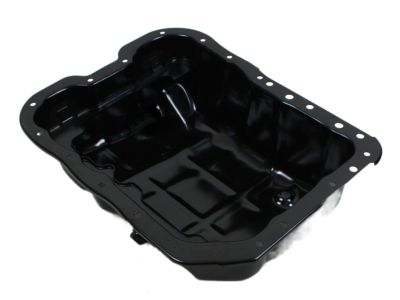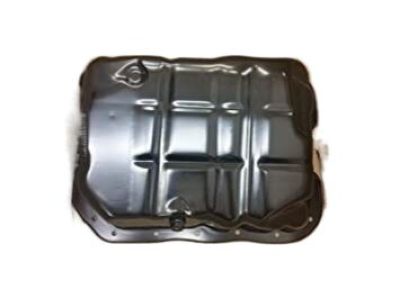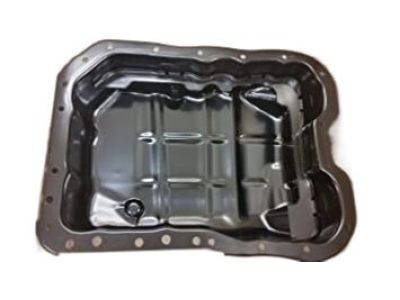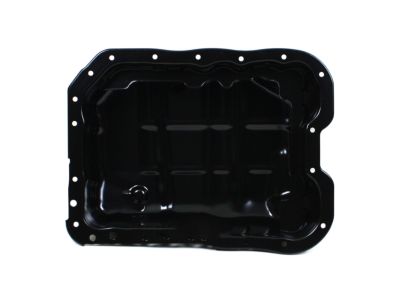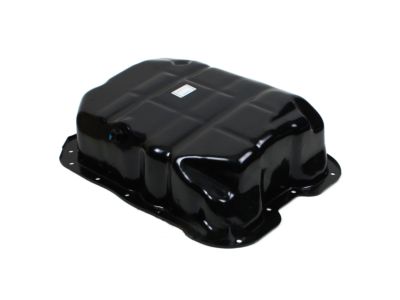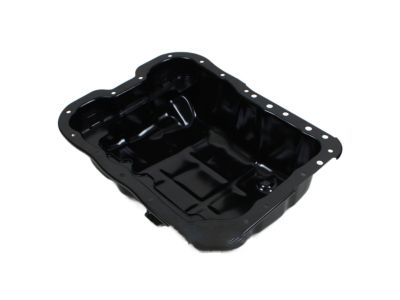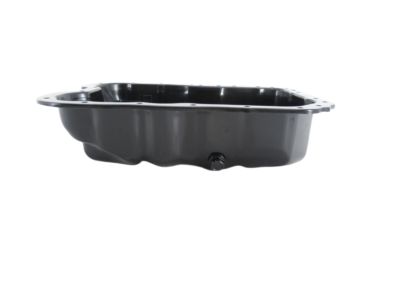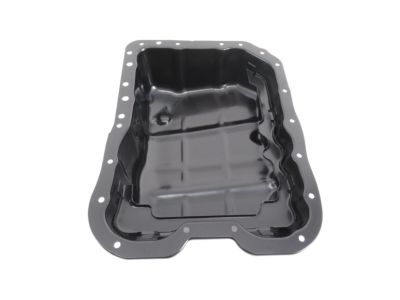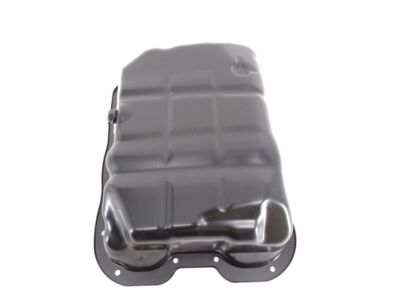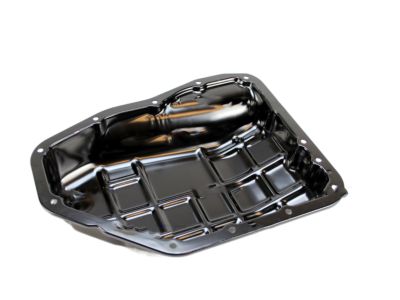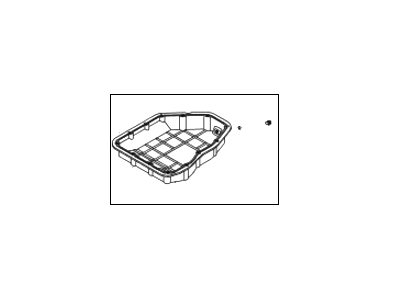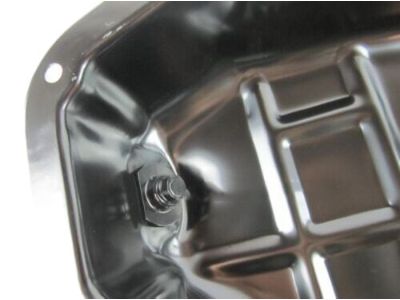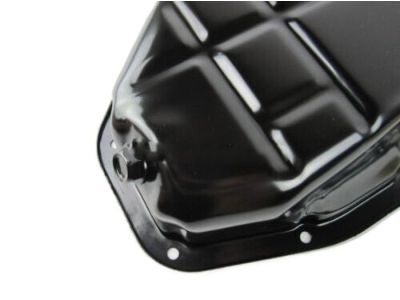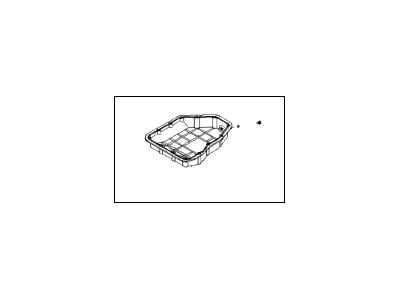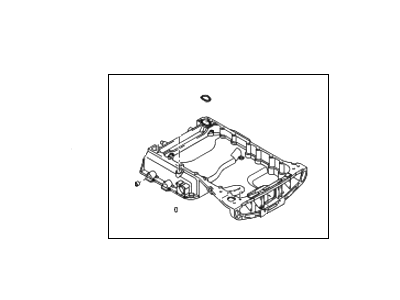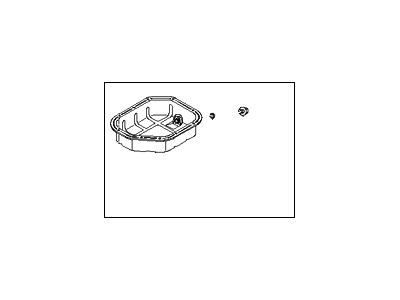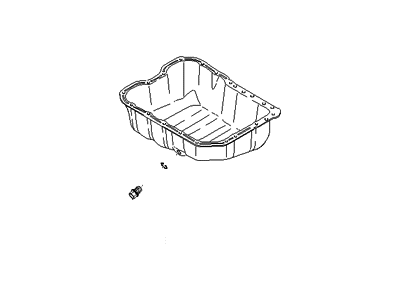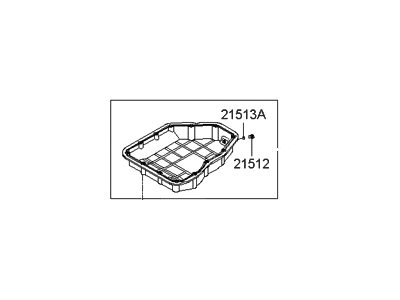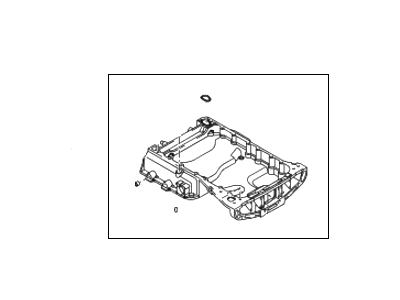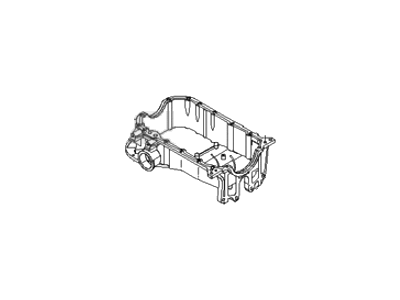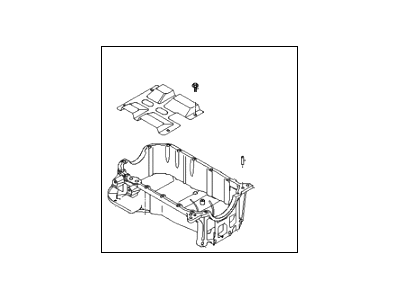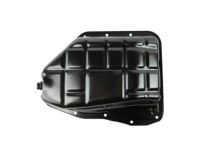×
- Hello
- Login or Register
- Quick Links
- Live Chat
- Track Order
- Parts Availability
- RMA
- Help Center
- Contact Us
- Shop for
- Hyundai Parts
- Hyundai Accessories


My Garage
My Account
Cart
Genuine Hyundai Santa Fe Oil Pan
Oil Drain Pan- Select Vehicle by Model
- Select Vehicle by VIN
Select Vehicle by Model
orMake
Model
Year
Select Vehicle by VIN
For the most accurate results, select vehicle by your VIN (Vehicle Identification Number).
38 Oil Pans found

Hyundai Santa Fe Pan Assembly-Engine Oil
Part Number: 21510-2G500$98.44 MSRP: $138.31You Save: $39.87 (29%)Ships in 1-2 Business Days
Hyundai Santa Fe Pan Assembly-Engine Oil,Lower
Part Number: 21510-3C201$72.17 MSRP: $101.40You Save: $29.23 (29%)Ships in 1-3 Business Days
Hyundai Santa Fe Pan Assembly-Engine Oil,Lower
Part Number: 21510-3C150$75.97 MSRP: $106.74You Save: $30.77 (29%)Ships in 1-3 Business DaysHyundai Santa Fe Pan Assembly-Engine Oil,Upper
Part Number: 21520-3C153$139.72 MSRP: $196.31You Save: $56.59 (29%)Ships in 1-3 Business DaysHyundai Santa Fe Pan Assembly-Engine Oil,Lower
Part Number: 21510-38050$49.26 MSRP: $68.61You Save: $19.35 (29%)Ships in 1-3 Business DaysHyundai Santa Fe Pan Assembly-Engine Oil
Part Number: 21510-2G050$87.86 MSRP: $123.44You Save: $35.58 (29%)Ships in 1-3 Business DaysHyundai Santa Fe Pan Assembly-Engine Oil,Lower
Part Number: 21510-3C160$72.45 MSRP: $101.79You Save: $29.34 (29%)Ships in 1-3 Business DaysHyundai Santa Fe Pan Assembly-Engine Oil,Lower
Part Number: 21510-39651$42.31 MSRP: $58.94You Save: $16.63 (29%)Ships in 1-3 Business DaysHyundai Santa Fe Pan Assembly-Engine Oil
Part Number: 21510-2G002$69.27 MSRP: $97.32You Save: $28.05 (29%)Ships in 1-3 Business DaysHyundai Santa Fe Pan Assembly-Engine Oil,Upper
Part Number: 21521-39511$483.05 MSRP: $684.63You Save: $201.58 (30%)Ships in 1-3 Business DaysHyundai Santa Fe Pan Assembly-Engine Oil,Lower
Part Number: 21510-3E000$66.11 MSRP: $92.89You Save: $26.78 (29%)Ships in 1-3 Business DaysHyundai Santa Fe Pan Assembly-Engine Oil
Part Number: 21510-2S100$85.14 MSRP: $119.61You Save: $34.47 (29%)Ships in 1-3 Business DaysHyundai Santa Fe PAN ASSY-ENGINE OIL
Part Number: 21510-2S200$85.14 MSRP: $119.61You Save: $34.47 (29%)Ships in 1-3 Business DaysHyundai Santa Fe Pan Assembly-Engine Oil,Upper
Part Number: 21520-3C100$211.29 MSRP: $296.85You Save: $85.56 (29%)Ships in 1-3 Business DaysHyundai Santa Fe Pan Assembly-Engine Oil,Upper
Part Number: 21520-3C152$211.29 MSRP: $296.85You Save: $85.56 (29%)Ships in 1-3 Business DaysHyundai Santa Fe Pan Assembly-Engine Oil,Upper
Part Number: 21520-37106$380.39 MSRP: $539.13You Save: $158.74 (30%)Ships in 1-3 Business DaysHyundai Santa Fe Pan-Oil,Upper
Part Number: 21521-37102$383.15 MSRP: $543.05You Save: $159.90 (30%)Ships in 1-3 Business DaysHyundai Santa Fe Pan Assembly-Engine Oil,Upper
Part Number: 21520-3E002$396.19 MSRP: $561.53You Save: $165.34 (30%)Ships in 1-3 Business DaysHyundai Santa Fe Pan Assembly-Engine Oil,Upper
Part Number: 21520-3E003$396.19 MSRP: $561.53You Save: $165.34 (30%)Ships in 1-3 Business DaysHyundai Santa Fe Pan Assembly-Engine Oil,Upper
Part Number: 21520-37102$383.15 MSRP: $543.05You Save: $159.90 (30%)
| Page 1 of 2 |Next >
1-20 of 38 Results
Hyundai Santa Fe Oil Pan
If you are looking for affordable high-quality OEM Hyundai Santa Fe Oil Pan, then you have come to the prime place. Our website provides a large amount of genuine Hyundai Santa Fe Oil Pan at unbeatable prices. All our parts come backed with the manufacturer's warranty.
Hyundai Santa Fe Oil Pan Parts Questions & Experts Answers
- Q: How to remove and insatall the oil pan on four cylinder Hyundai Santa Fe?A:Before removing the oil pan, first, disconnect the cable of the negative terminal of the battery. Apply your parking brake and lay rear wheels chocks, lift the front of the car and put it on jack stands securely. If installed, unbolt the engine splash shield, drain engine oil and take off oil-filter along with the dipstick. Subsequently, take out all obstructions and unscrew the lower oil pan-the upper part of which is made of cast steel while the lower part is a stamped steel part. Take out all the upper bolts and then disengage the oil pan; one must remember that different bolts that are used bear distinct sizes and it is wise not to apply undesirable force when removing these bolts so as to avoid damaging the surface of mating. During installation, scrape the block and oil pan where the sealant is to be applied free of old material, clean the mating surfaces, and also clean the threaded bolt holes. Examine the condition of the oil pan flange for bulging and spread a 3/16 inch wide line of RTV sealant on the oil pan flange contact surface. Place the oil pan onto the engine block and put all bolts loosely in place, then tight it from center towards the periphery and increase it to the recommended torque. Place the lower oil pan and secure it with the bolts through multiple passes with a torque of twenty-five foot-pounds, and finish off by taking the car for a spin to check for oil pressure and signs of leakage.
Related Hyundai Santa Fe Parts
Browse by Year
2023 Oil Pan 2022 Oil Pan 2021 Oil Pan 2020 Oil Pan 2019 Oil Pan 2018 Oil Pan 2017 Oil Pan 2016 Oil Pan 2015 Oil Pan 2014 Oil Pan 2013 Oil Pan 2012 Oil Pan 2011 Oil Pan 2010 Oil Pan 2009 Oil Pan 2008 Oil Pan 2007 Oil Pan 2006 Oil Pan 2005 Oil Pan 2004 Oil Pan 2003 Oil Pan 2002 Oil Pan 2001 Oil Pan 2000 Oil Pan
